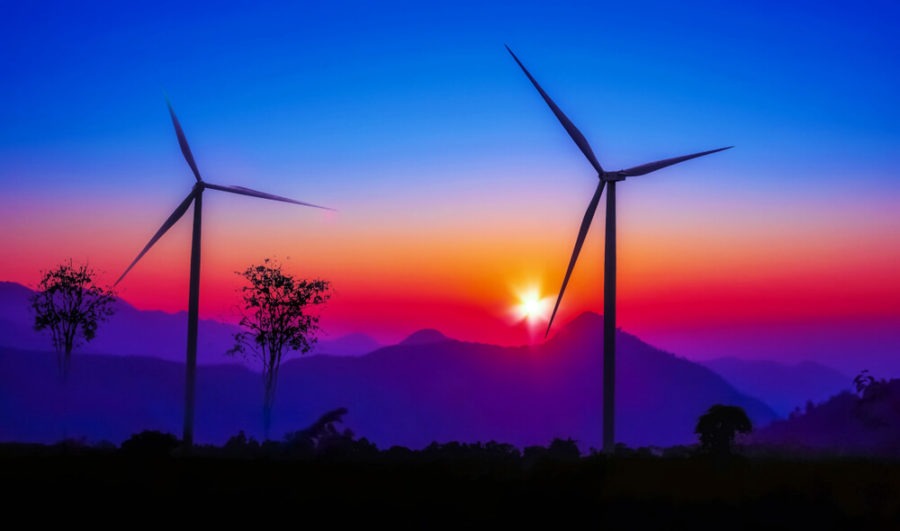

In an attempt to achieve its goal of 40 percent electricity generation from non-fossil fuels by 2030, Anand Kumar, Secretary, Ministry of New and Renewable Energy (MNRE), on 7 Jan, at the India-Norway Business Summit 2019 in New Delhi revealed that India is planning to bid out 500 GW of renewable energy generation capacity by 2028.


Of the planned 500 GW capacity that the government will be tendering for, 350 GW would come from solar, 140 GW from wind, and the remaining from small hydro, biomass. “This figure excludes large hydro. If we take large hydro into account the figure will grow to 560 GW to 575 GW. To reach this figure we have to bid out 30 GW of solar energy and 10 GW of wind energy every year,” Kumar said.
Earlier in December, MNRE issued its year-end review and set out a highly optimistic path for India to achieve its ambitious target of 175 GW of Renewable Capacity by 2022. The ministry set forth a plan to tender projects worth 30 GW of solar power and 10 GW of wind power capacity each in the financial years ending in March 2019 and 2020, granting each winning bidders a period of two years to complete their projects before the government goal deadline of 2022.
Kumar further explained that if the country’s Gross Domestic Product (GDP) grows at a rate of 6.5 percent, the requirement for electricity generation capacity would reach 840 GW by 2030. “Out of 840 GW, we plan to install a little more than 500 GW in renewables. We have installed 75 GW renewable energy capacity in the country and another 46 GW is under various stages of installations,” he added.
[related_post]
He also added that if large hydro projects were considered under renewable energy, an additional 46 GW would be in the process of installation, taking the total figure to 163 GW. The existing 75 GW base of green energy capacity constitutes around 22 percent of the total installed power generation capacity. Kumar said that the share of non-fossil fuel based capacity in total would be 33 percent by 2022 without considering large hydro plants. The country would achieve 40 percent by 2022 itself rather than 2030 in case large hydro is also taken into account.
Last month we reported, that the Ministry of Power was seeking approval from the cabinet for a policy change which will see hydel projects being categorized as a part of the country’s renewable energy mix. As a part of the policy change, large hydro projects would be considered as renewable energy sources and help boost the chances of achieving the ambitious target of 175 GW of renewable capacity by 2022.
Houston headquartered Syzygy Plasmonics has announced the beginning of Front-End Engineering and Design (FEED) with…
State owned THDC India Limited (THDCIL) has announced the successful commencement of COD process of…
The Uttar Pradesh government is preparing to launch the Uttar Pradesh Sustainable Aviation Fuel (SAF)…
India’s cooperative sugar industry is urging the government to revise ethanol procurement prices and extend…
The Indian Biogas Association (IBA) has announced a key step taken to boost biofuels sector…
In a key development that would bolster the development of green hydrogen in the North…